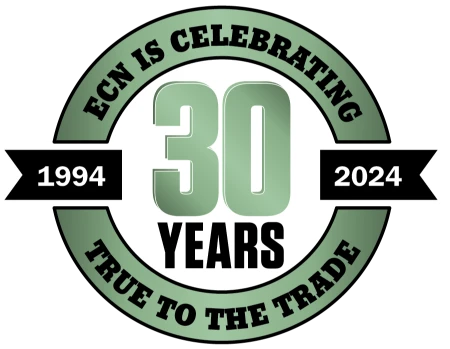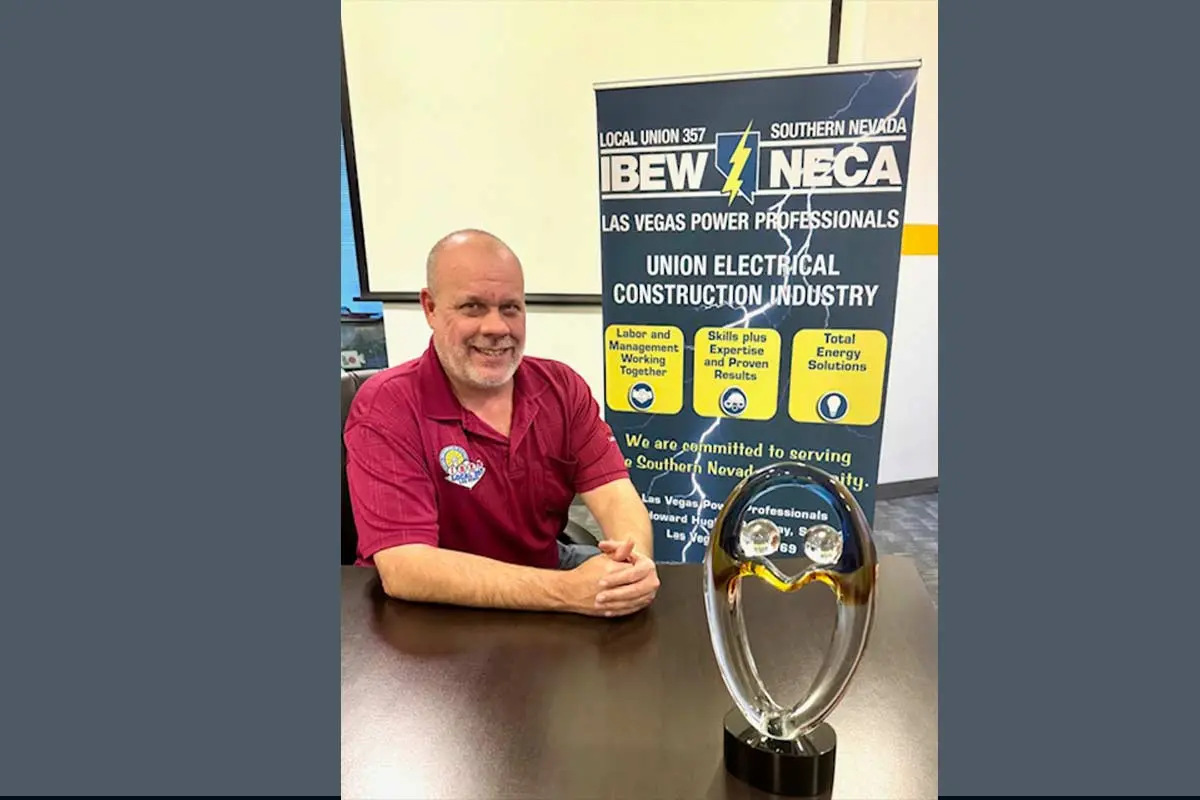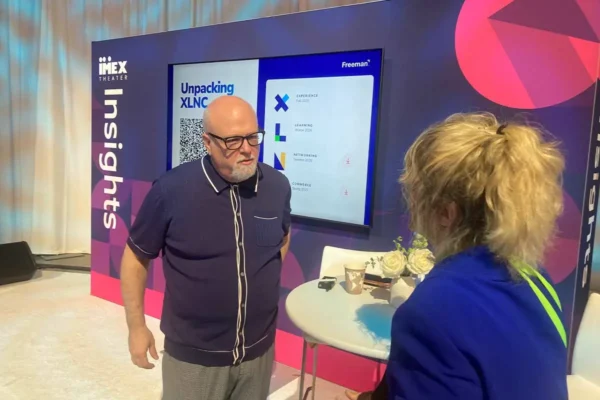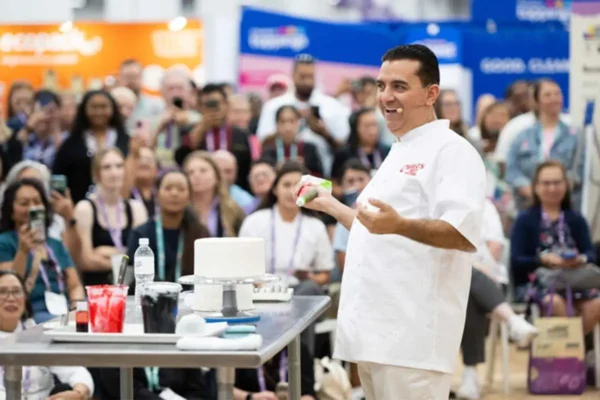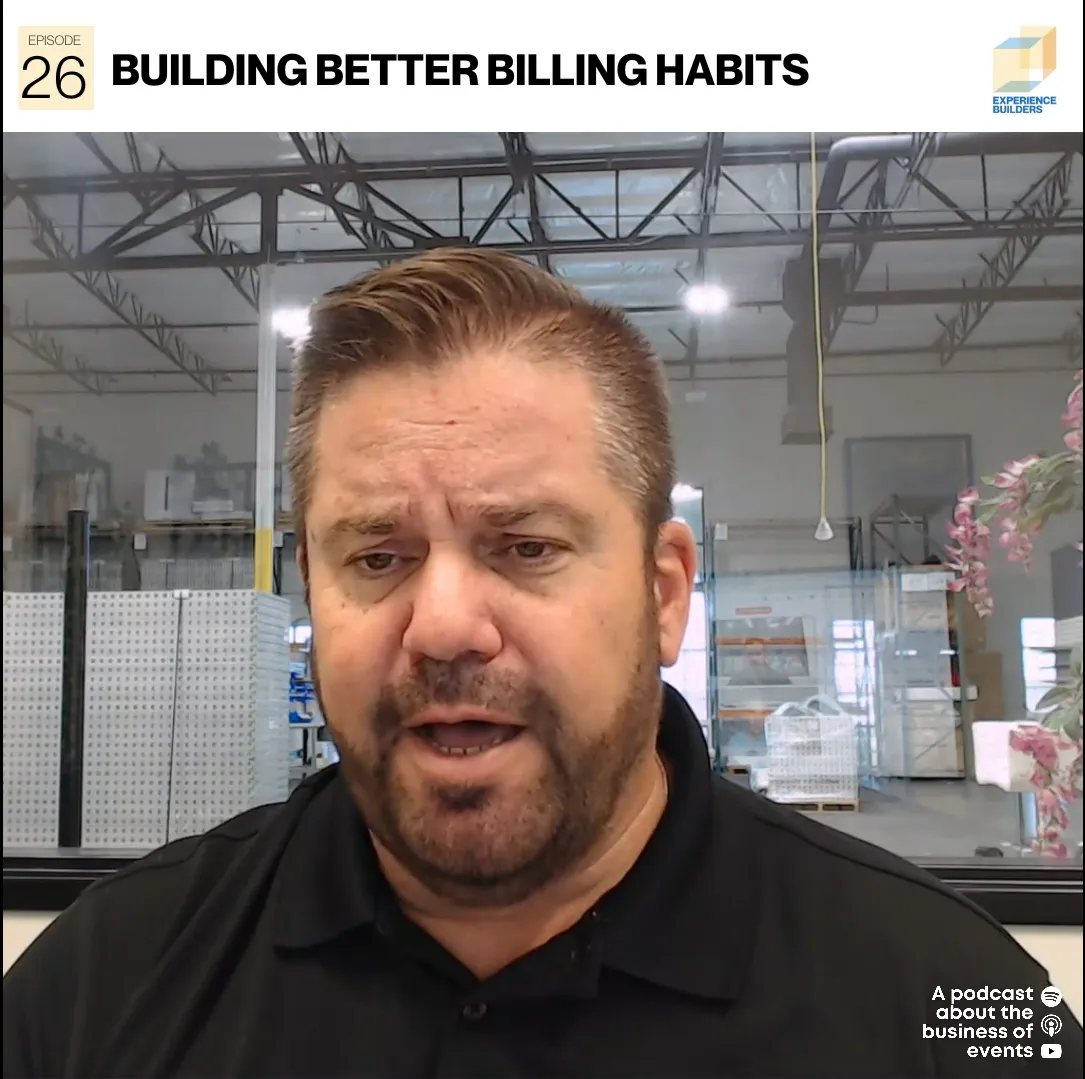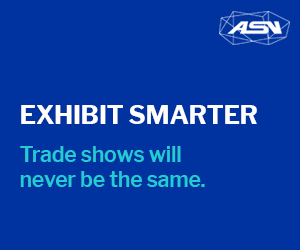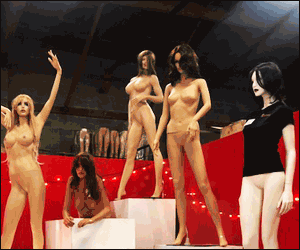Inside the work of IBEW Local 357 and NECA in delivering safe, efficient power to the world’s most influential electronics event
by Leslie Mujica, Exhibit City News
Las Vegas Power Professionals is a partnership between the skilled electricians of the International Brotherhood of Electrical Workers (IBEW) Local 357 and their signatory contractors, including members of the Southern Nevada Chapter of the National Electrical Contractors Association (NECA). Supported by the Electrical JATC of Southern Nevada, they provide expert electrical work with a focus on safety, efficiency, and project-specific expertise. Through the JATC, they offer a widely recognized apprenticeship and training program that has trained more than 2,000 journeymen since 1948.
Leslie Mujica, Executive Director and CMO of Las Vegas Power Professionals, sat down with William Spielberg, a Board Trustee and member of IBEW Local 357. Spielberg, who oversees the Trade Show Division, discussed the behind-the-scenes electrical work that powers the Consumer Electronics Show (CES) and its continued success.
Mujica: CES is a huge show with over 141,000 attendees and 2.5 million square feet of space in the Las Vegas Convention center. What kind of challenges come with powering 15,000 booths for over 50,000 exhibit personnel?
Spielberg: With the dynamic of having over 4,500 exhibitors, it’s like building a small city. It’s like electrifying a small town, and the challenges that come with that is in distributing the power. Providing the power to each individual booth may require different electrical means because some of them come from different countries. We have to provide American power so one has to have a vast knowledge of different power sources. Additionally, the myriad of equipment from other countries that we have to power takes special expertise.
Mujica: IBEW Local 357 supplies 300 to 350 electricians for installations and work that begin three weeks prior to the show. That’s a lot of people over a lot of time. Can you give us some detail on what those installations entail?
Spielberg: Now that CES has been completed, the numbers dispatched out of the Union Hall for the IBEW Local 357 working on CES 2025 was close to 380. The show does start three weeks prior give or take. The process begins by setting up the basic power for the show. It all starts in the catwalks distributing power and making sure the power supply is correct for each individual location. We then distribute the power to localized areas within the tradeshow floor so each booth can have a different power dynamic and consumption. We also provide the labor to the electrical signs that hang from the ceiling of the Convention show floor.
Mujica: CES is huge, but size isn’t the only thing that makes the convention take the energy of a small city. In what ways has change in technology and its use affected the power needs of a convention like CES? Is lighting the major consideration, what else needs power?
Spielberg: Lighting is one of the major considerations, the high priority booths are like powering a building. There are lights that switch on and off, but some also have stage lighting that resembles what you would see at a concert hall or a theater, with music generating different colors. Some exhibitors even want the disco-ball effect. Each booth has its own independent flair to try to draw exhibitors and show off their product. With CES being a major electronics show, a booth like Samsung or Sony also display their Televisions, and many other types of equipment. There are also robots that require power, whether it is electrical wired-power or a battery system that needs to be charged. You’re not only seeing your basic household lighting; you’re seeing multi-function LED lights that perform in different colors, change in sequence, and provide the atmosphere that the customer is looking for.
Mujica: Can you tell us anything remarkable about how power is delivered to the convention center and distributed throughout the center itself?
Spielberg: Distributing power is a process that starts with getting the basic power from the supplied power source at the Convention Center and it’s breaking that down into usable power. We have to use transformers and disconnects to get it down to what one would consider a household power of 120 volts. It’s coming out of the facility at 480 volts, so we have to set the transformers and safety guards to make sure that the show continues to go on safely. That is one of the reasons why we also provide our labor during the show and off the show, to keep fire watch. We also make sure that all of the equipment that was installed, to provide the power for the show and the exhibitors, is protected properly and secured in a way that is not going to overload or overheat. We have a workforce of trained professional electricians that know what to do if anything does happen during that timeline and shut power off, if necessary, secure the Convention Center and keep everyone safe.
Mujica: What exciting and innovative trends are coming for powering CES in the future?
Spielberg: Artificial Intelligence is a huge thing, and we are seeing it pick up in the displays that they are showing. Whether it is a computer that acts as a secretary, a concierge helping the delivery of their messages, or robotics. They had some robots on the floor this year and I see them continuing to use that in the future. Some look like human beings that are promoted as a friend or companion or co-worker: somebody with the ability to help you through your day. There’s also the emerging trend in electricity with the Electric Vehicles and how to power and maintain them. As an industry, an Electric Vehicle is a product that we have to maintain and keep safe within the parameters of our cities and states. This all requires proper training and certification: to keep up with technology. We must keep safety at the forefront.




